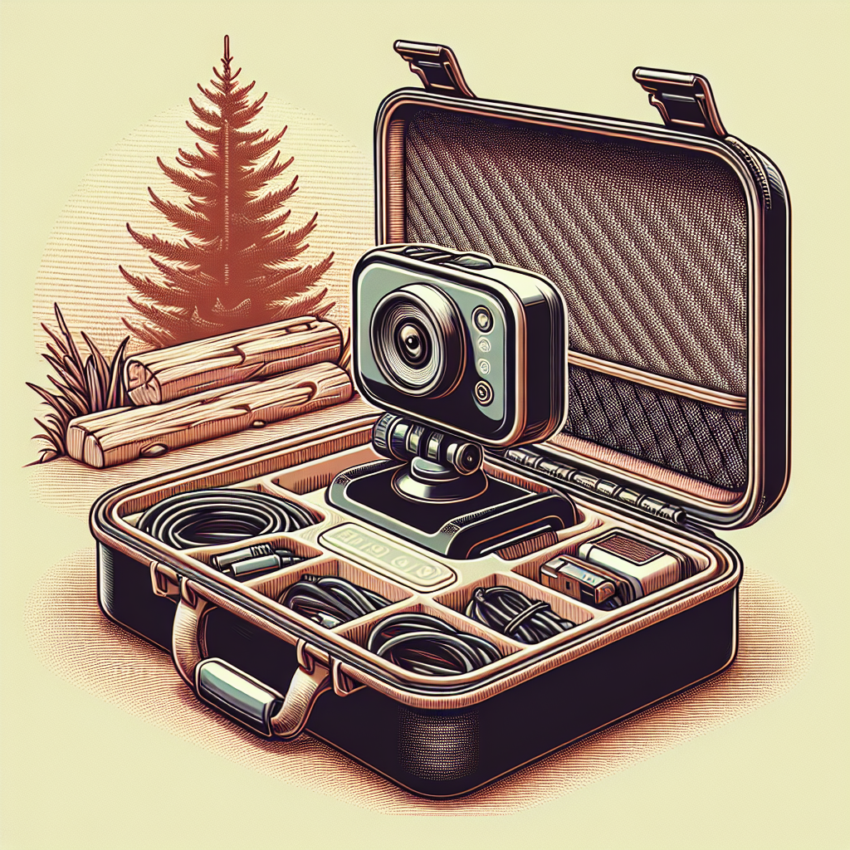Proper storage of your portable webcam is essential to keeping it in good working condition, extending its lifespan, and ensuring optimal performance when you need it. Below, we will explore different methods and tips for storing your portable webcam to achieve just that.
Importance of Proper Webcam Storage
Webcams are delicate electronic devices comprised of sensitive lenses, intricate circuitry, and delicate materials. Storing them improperly can lead to scratches, dust accumulation, and even irreparable damage. By employing the best storage methods, you can avoid these potential pitfalls.
Consequences of Improper Storage
| Issue | Impact |
|---|---|
| Scratches | Reduces image quality |
| Dust accumulation | Interferes with sensor functions |
| Physical Damage | Can render the webcam unusable |
Best Practices for Storing a Portable Webcam
1. Use a Dedicated Carrying Case
One of the safest ways to store your portable webcam is to use a dedicated carrying case. These cases often come with padded interiors and compartments specifically designed to hold and protect webcams and their accessories.
Benefits:
- Provides cushioning against drops and knocks
- Helps organize your accessories
- Often includes dust-proof and waterproof features
2. Keep It in a Dust-Free Environment
Ensuring your webcam is stored in a dust-free environment is essential to maintaining image quality. Dust particles can settle on the lens and sensor, affecting the webcam’s performance.
Recommendations:
- Store the webcam in a clean, dry place
- Use a dust cover or microfiber cloth to protect the lens
3. Avoid Extreme Temperatures
Electronic devices, including webcams, can suffer from exposure to extreme temperatures. High temperatures can damage the internal circuitry, while low temperatures can cause condensation inside the device.
Tips:
- Store in a temperature-controlled environment
- Avoid leaving your webcam in a car or near windows
4. Use Original Packaging
If you still have the original packaging for your portable webcam, it’s a great storage option. The original packaging is designed to protect the device during shipping and can do the same during storage.
Advantages:
- Customized fit for maximum protection
- Most packages include foam inserts for cushioning
5. Remove Batteries
If your webcam operates on batteries, remove them before storing the device. Batteries can leak over time, causing damage to the webcam’s internal components.
Steps:
- Safely remove the batteries and store them separately
- Check the battery compartment for any signs of corrosion
6. Label Your Storage
Labeling your webcam storage helps in quickly locating it and distinguishing it from other similar gadgets. It also ensures you don’t accidentally mishandle the webcam by mistaking it for something else.
Tools:
- Use labeling stickers
- Ensure labels are clear and detailed
7. Secure Cables Properly
Webcams often come with cables that can be easily tangled, damaged, or lost. Proper cable management is essential for neat storage.
Methods:
- Use cable ties or velcro straps
- Avoid bending cables at sharp angles
Conclusion
Storing a portable webcam properly is crucial for maintaining its functionality and ensuring it remains in pristine condition for years to come. By following these best practices, you can protect your investment and enjoy high-quality video conferencing, recording, and streaming whenever you need it.

